Pacific Calico Scallop Shell, Argopecten ventricosus
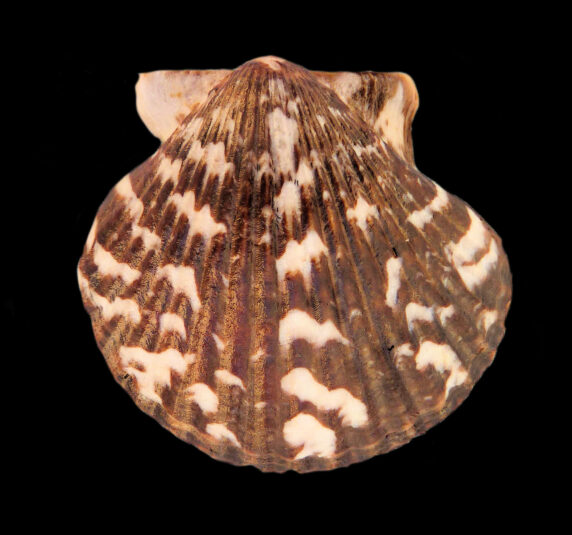
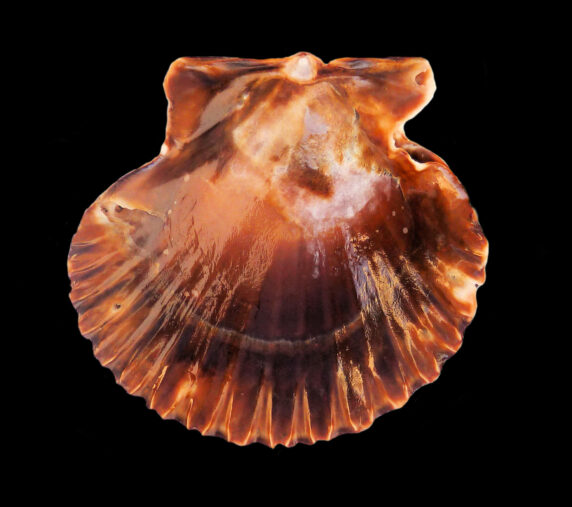 Pacific Calico Scallop Shell, Left Valve, Argopecten ventricosus. Size: 9.4 cm (3.7 inches) x 8.1 cm (3.2 inches). Shell collected from within the estuary of the Magdalena Bay complex, Baja California Sur, October 2018.
Pacific Calico Scallop Shell, Left Valve, Argopecten ventricosus. Size: 9.4 cm (3.7 inches) x 8.1 cm (3.2 inches). Shell collected from within the estuary of the Magdalena Bay complex, Baja California Sur, October 2018.
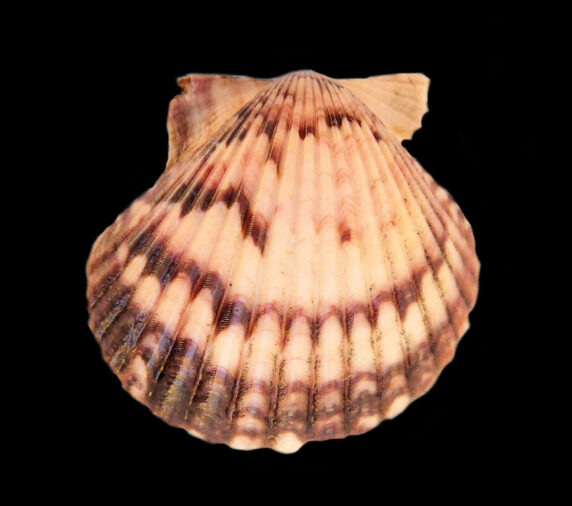
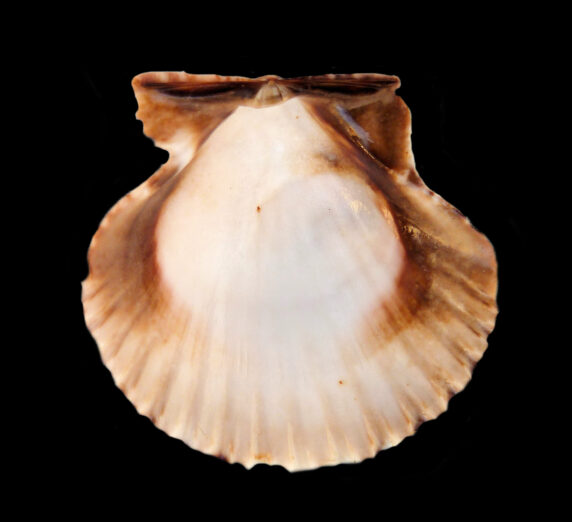 Pacific Calico Scallop Shell, Right Valve, Argopecten ventricosus. Size: 9.4 cm (3.7 inches) x 8.1 cm (3.2 inches). Shell collected from within the estuary of the Magdalena Bay complex, Baja California Sur, October 2018.
Pacific Calico Scallop Shell, Right Valve, Argopecten ventricosus. Size: 9.4 cm (3.7 inches) x 8.1 cm (3.2 inches). Shell collected from within the estuary of the Magdalena Bay complex, Baja California Sur, October 2018.
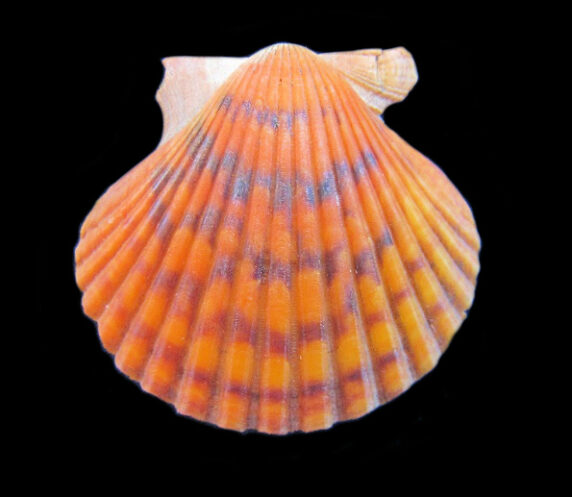
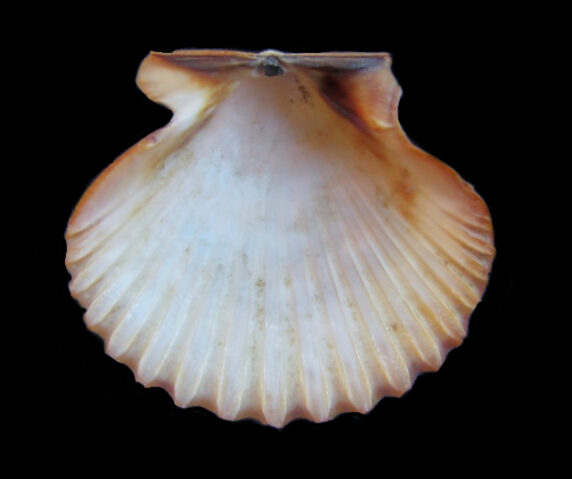 Pacific Calico Scallop Shell, Right Valve, Argopecten ventricosus. Size: 9.6 cm (3.8 inches) x 8.3 cm (3.3 inches). Shell collected from within the estuary of the Magdalena Bay complex, Baja California Sur, October 2018. Collection, photograph and identification courtesy of Bob Hillis, Ivins, Utah.
Pacific Calico Scallop Shell, Right Valve, Argopecten ventricosus. Size: 9.6 cm (3.8 inches) x 8.3 cm (3.3 inches). Shell collected from within the estuary of the Magdalena Bay complex, Baja California Sur, October 2018. Collection, photograph and identification courtesy of Bob Hillis, Ivins, Utah.
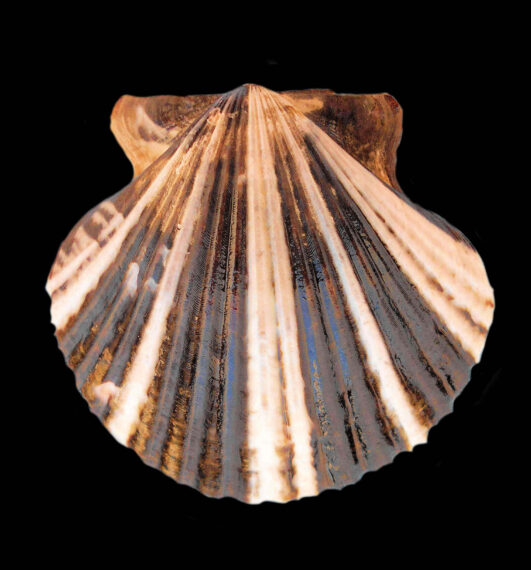
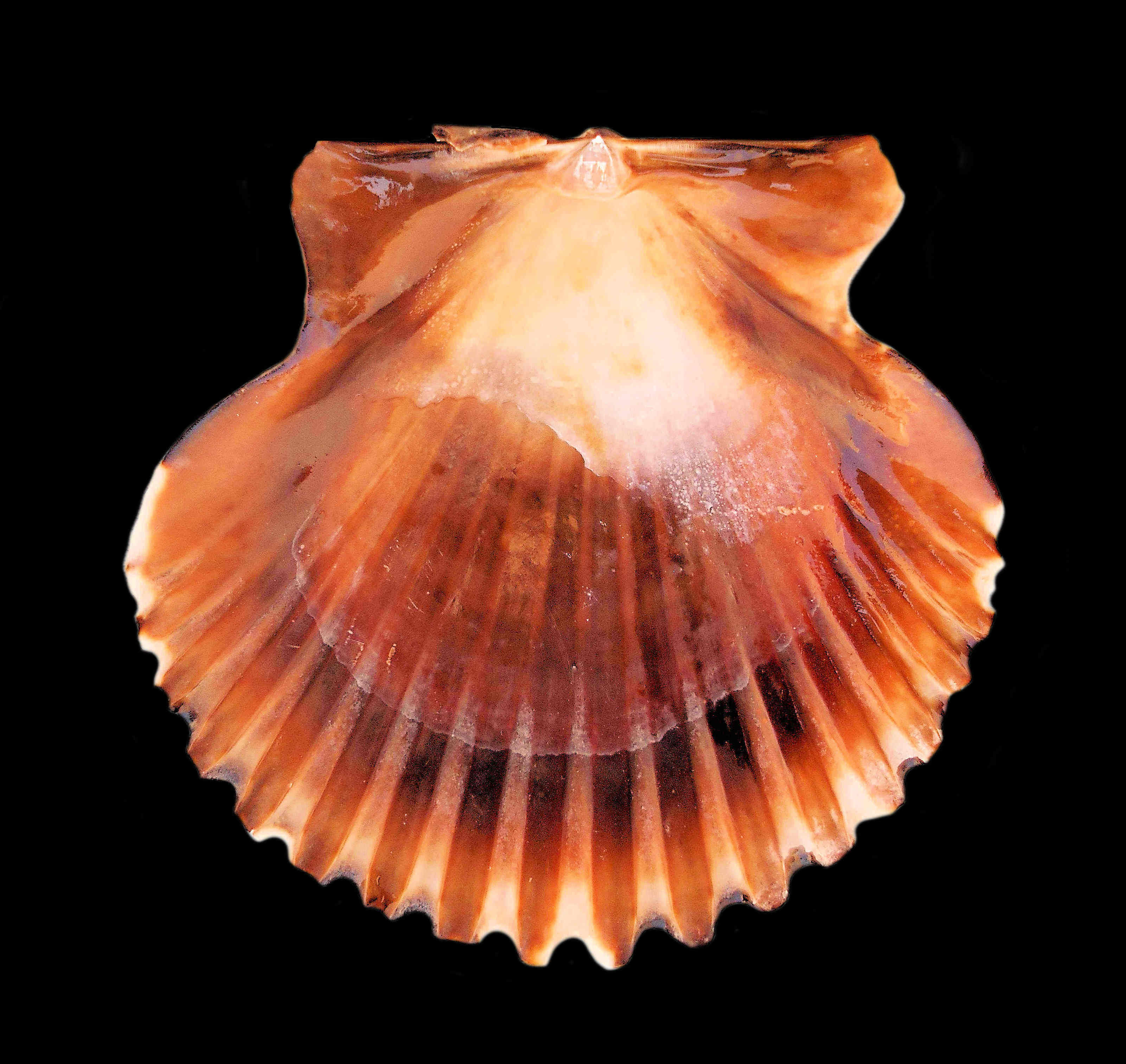 Pacific Calico Scallop Shell, Left Valve, Argopecten ventricosus. Size: 6.2 cm (2.4 inches) x 5.8 cm (2.3 inches). Shell collected from within the estuary of the Magdalena Bay complex, Baja California Sur, October 2018. Atypically colored. Identification courtesy of Bob Hillis, Ivins, Utah.
Pacific Calico Scallop Shell, Left Valve, Argopecten ventricosus. Size: 6.2 cm (2.4 inches) x 5.8 cm (2.3 inches). Shell collected from within the estuary of the Magdalena Bay complex, Baja California Sur, October 2018. Atypically colored. Identification courtesy of Bob Hillis, Ivins, Utah.
The Pacific Calico Scallop, Argopecten ventricosus (G.B. Sowerby II, 1842), is a bivalve mollusk that is a member of the Pectinidae Family of Scallop. They are also known as the Catarina Clam, the Catarina Scallop and the Speckled Scallop and in Mexico as the almeja catarina, peine volador and vieira jaspeada. The shell has a round profile with very inflated equivalves with the right valve being very convex and the left valve being moderately convex. The hinge is straight and has pronounced ears (auricles) that are about equal in size and the exterior of the shell has approximately twenty smooth, radiating ribs. The exterior of the shell is white with blotches or angular patterns of brown, maroon, orange, purple, or yellow and the interior is white. The Pacific Calico Scallop shells reach a maximum of 11.0 cm (4.3 inches) in length and 9.0 cm (3.5 inches) in height.
Pacific Calico Scallops are found in shallow bays, sloughs, and calm, offshore areas over and within mud and sand substrate often associated with eelgrass beds from the intertidal zone to depths up to 55 m (180 feet). They range from Southern California to Peru, including the Cocos, Galapagos and Revillagigedo Islands and throughout the Sea of Cortez. They have been heavily fished in Baja California Sur for centuries and were over harvested in La Paz Bay to the point of commercial extinction by the mid-20th century. They are currently commercially fished heavily in Magdalena Bay by hooka divers with significant conservation efforts on-going to maintain a sustainable fishery.
Synonyms include Pecten aequisulcatus, Pecten calli, Pecten compactus, Pecten fillextus, Pecten inca d’orbigny, Pecten newsomi, Pecten pomatea, Pecten solidulus, Pecten subventricosus, Pecten timidus and Pecten ventricosus.